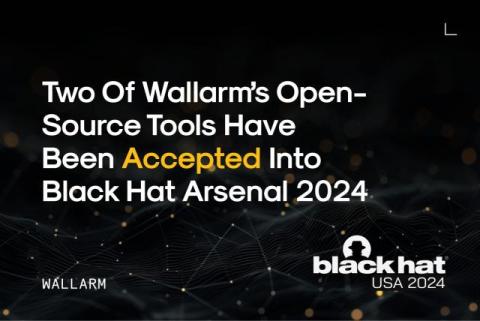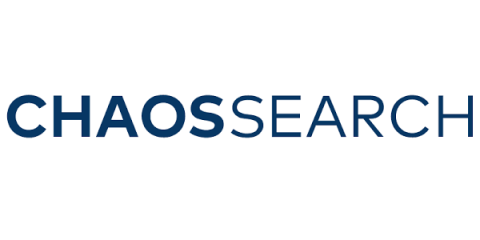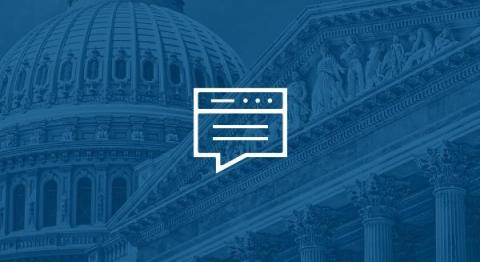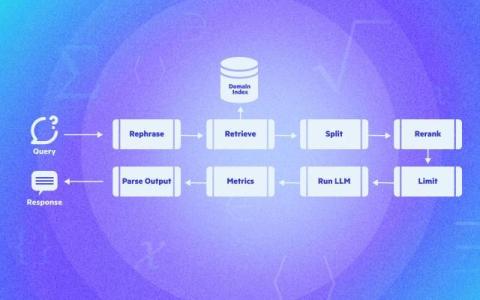Should I Use ChatGPT to Create Passwords?
No, you should not use ChatGPT to create passwords because it will likely produce the same password for multiple users and what you input will live on in its database. For those of you who are unfamiliar with what ChatGPT is and does, it is an Artificial Intelligence (AI) program used to follow instructions through prompts and provide a user with answers to both simple and complex questions.











